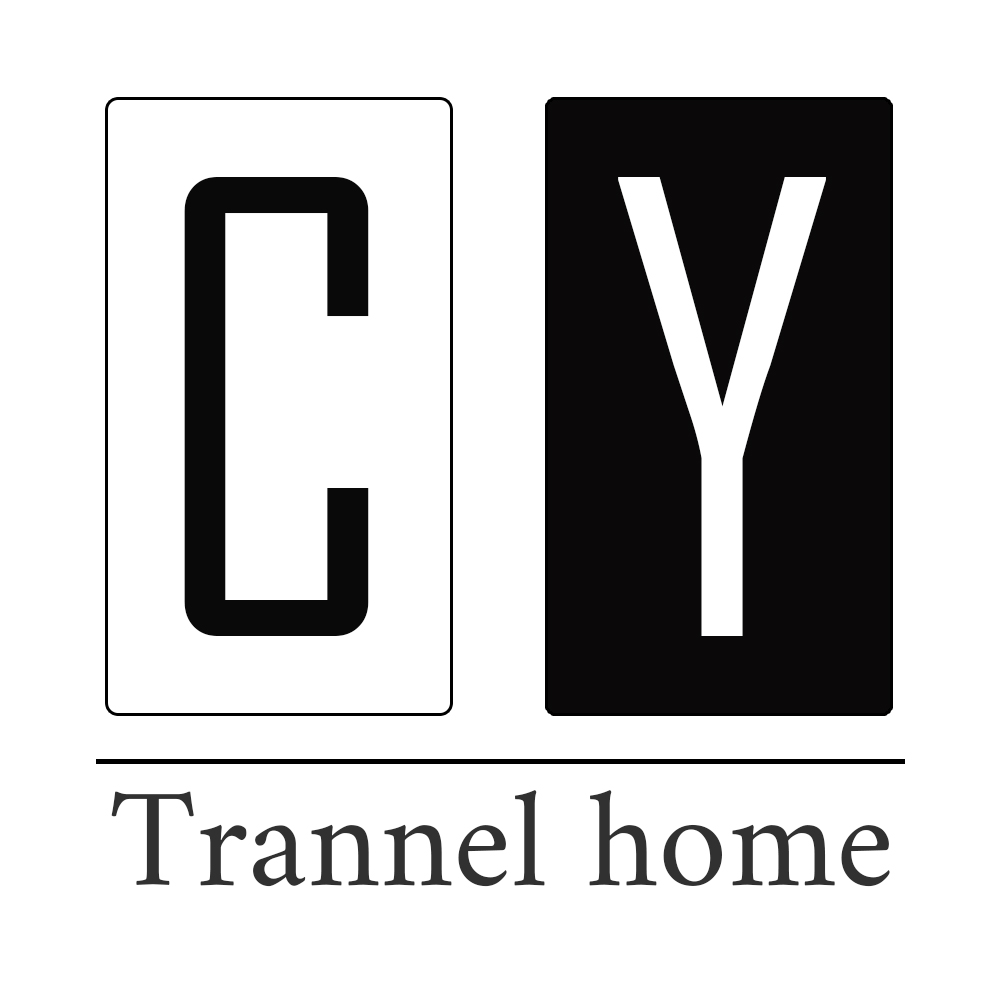As the demand for solid wood upholstered seating continues to rise in both Europe and America, buyers in these regions are becoming more discerning about their furniture choices. From sustainability to aesthetic appeal, various factors influence what buyers seek in solid wood upholstered seating. Here’s a breakdown of the key aspects that European and American buyers prioritize when purchasing solid wood upholstered chairs, sofas, and lounge furniture.
1. Sustainability and Eco-Friendliness
Both European and American consumers are becoming increasingly aware of the environmental impact of their purchases. As a result, sustainability is one of the most crucial factors driving demand for solid wood upholstered furniture.
- FSC Certification: Buyers look for wood that is FSC-certified (Forest Stewardship Council), ensuring that the wood comes from responsibly managed forests.
- Eco-Friendly Upholstery: Materials like organic linen, hemp, and natural cotton are becoming more popular, as they are non-toxic and have minimal environmental impact.
- Durability: Sustainability isn’t just about the sourcing of materials; consumers also value durability. Solid wood is considered a long-lasting, sustainable investment, and buyers often opt for furniture that will stand the test of time.
2. Craftsmanship and Quality
Buyers in both Europe and America expect high craftsmanship when it comes to solid wood upholstered furniture. The perception of quality is critical, and consumers often seek out pieces that reflect expert manufacturing and attention to detail.
- Handmade and Artisan Furniture: Particularly in Europe, where artisan craftsmanship is highly valued, buyers are drawn to handmade pieces that showcase the skill of furniture makers.
- Sturdy Construction: Whether it’s a wooden frame or the overall construction of the piece, solid wood provides the strength and stability that many buyers desire. In regions like Germany and Italy, where quality craftsmanship is a top priority, solid wood upholstered furniture is seen as an investment in durability.
3. Design and Aesthetic Appeal
While both European and American buyers appreciate quality and sustainability, they also prioritize the design and style of the furniture. However, preferences can vary significantly based on cultural influences.
- European Preferences:
- Minimalism and Functionality: Scandinavian countries, in particular, embrace clean lines and functional designs that blend into a variety of modern spaces. Mid-century modern and contemporary styles are prevalent, often emphasizing simple yet elegant aesthetics.
- Classic and Luxurious Designs: In countries like France and Italy, the demand for luxurious, classic designs persists. Ornate detailing and rich wood finishes appeal to buyers looking for furniture with a sense of sophistication.
- American Preferences:
- Diverse Tastes: The U.S. market is incredibly diverse, with a broad range of preferences from rustic and farmhouse-style designs to modern, mid-century, and luxury aesthetics. While Scandinavian-inspired minimalist furniture is gaining popularity, there’s still a strong demand for traditional and luxury options.
- Customizability: American buyers often appreciate the option to customize furniture in terms of upholstery fabrics, wood finishes, and sizes to suit personal tastes and home decor preferences.
4. Comfort and Functionality
Both regions prioritize comfort, but their definitions of comfort and functionality can vary based on lifestyle and climate.
- Comfort: Soft yet supportive seating is a must. Many buyers look for solid wood upholstered chairs and sofas that are designed with ergonomics in mind, ensuring they provide both comfort and style.
- Functionality: In urban areas, especially in places like New York, London, and Berlin, where space is limited, buyers often opt for multi-functional furniture. Pieces that offer storage, convertibility, or modularity are particularly popular.
- Adaptability to Climate: In warmer climates like Southern California, buyers might prefer lighter woods and breathable fabrics (e.g., linen or cotton), while in colder climates like Northern Europe or the Midwest U.S., heavier, warmer fabrics (e.g., velvet, wool) might be more appealing.
5. Price and Value for Money
While luxury solid wood upholstered furniture is in demand, price is a key consideration, especially in the American market. European consumers often place a premium on quality and craftsmanship, but they are also conscious of the price-to-value ratio.
- Luxury Market: In Italy, France, and parts of Germany, buyers are willing to pay a premium for luxury, designer pieces that offer superior quality and uniqueness. The same applies in the U.S., where cities like Los Angeles and New York have thriving high-end furniture markets.
- Mid-Range Market: In contrast, American buyers often seek value-for-money furniture, especially in the mid-range market. Solid wood upholstered furniture made with sustainable materials that still offer affordable pricing is in high demand in cities like Chicago and Austin.
6. Innovative Features and Technology
Another key trend gaining momentum in both regions is the integration of smart technologies with furniture. From adjustable features to built-in charging ports, buyers in the U.S. and Europe are increasingly looking for innovative, tech-friendly furniture.
- Adjustable and Reclining Features: Recliners and adjustable seating are gaining popularity, especially in the American market, where comfort and personalization are valued.
- Built-In Technology: In Europe, especially in tech-forward countries like Germany, solid wood upholstered furniture with built-in features such as Bluetooth speakers, USB charging, and LED lighting is starting to appeal to younger, tech-savvy buyers.
7. Ethical Manufacturing Practices
As sustainability continues to gain importance, both European and American buyers are paying closer attention to the ethics behind the furniture they purchase. Furniture made with fair labor practices and ethical sourcing is highly attractive to conscious consumers.
- Transparency in Sourcing: Buyers look for brands that are transparent about their manufacturing processes and the origins of the wood and upholstery materials used.
- Social Responsibility: Companies that demonstrate commitment to social responsibility, through fair wages, safe working conditions, and environmental initiatives, tend to attract buyers who value ethical production.
Conclusion
European and American buyers of solid wood upholstered seating share several common priorities, including a strong preference for sustainability, high-quality craftsmanship, and aesthetic appeal. However, regional tastes and lifestyle differences shape the specifics of what each market seeks. In the U.S., comfort, customizability, and value for money play a large role, while European buyers often focus more on luxury, heritage craftsmanship, and eco-conscious production. As these trends evolve, manufacturers will need to continue innovating to meet the growing demand for solid wood upholstered furniture across both continents.



